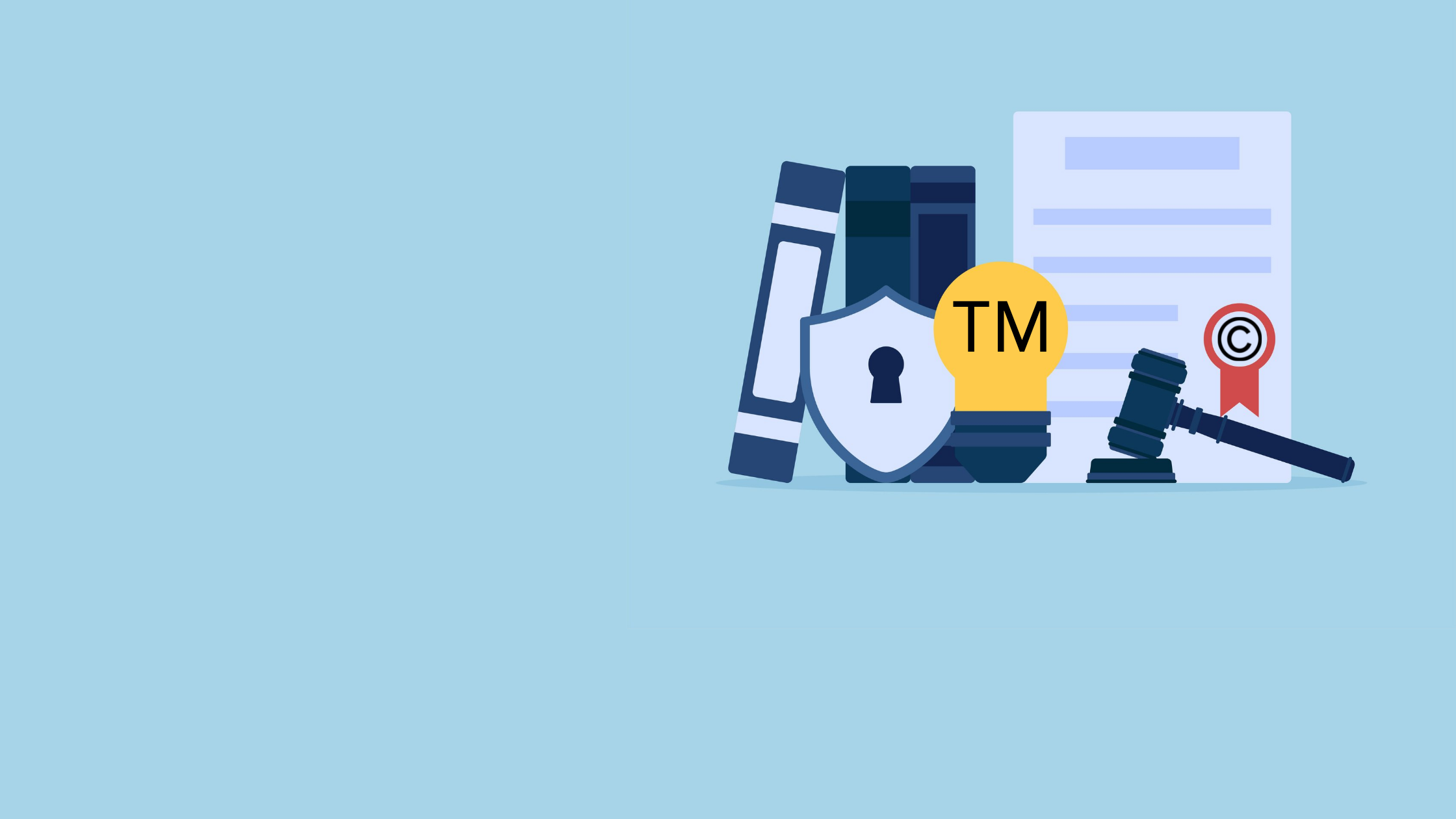TLDs operate under various restrictions. One of the most prominent restrictions being geographical restrictions. For example, a U.S.-based website is unable to acquire a .uk TLD. But what you may not anticipate is the other restrictions that your registrar's TLD selection presents.
Quick Overview of the DNS Hierarchy
1. Root Level
Root servers are name servers responsible for the functionality of the DNS (domain name system) and the entire Internet. They’re the first step in translating domain names into IP addresses.
2. Top-level Domains
These are the first-tier domains. They are installed in the root zone of the namespace. It is the last part of the domain name, the last non-empty label of a qualified domain name.
3. Second-level Domains
Second-level domains occupy the second-tier position in the DNS hierarchy. And it is usually the central part of the domain name that indicates who owns the domain. For instance, “sav.com” is the second-level domain of www.sav.com.
4. Subdomains (Third-level Domains)
Subdomains are integral parts of the main domains, indicating a section or department within the primary or root domain. For instance, “sav.com” is the main domain, and “help.sav.com” is a subdomain that tells us that the domain is about the Sav help center. Similarly, “abuse.sav.com” is a subdomain for the abuse center.
.png?width=565&name=www%20(1).png)
What Does Supported TLDs Mean?
Every registrar has a set of supported TLDs. What does this mean? For registrars to be able to sell domains with extensions like .biz or .org, they have to sign contracts with the corresponding registries. Most registrars support the most common domains like .com and .org. So, If your current site (or soon to be launched site) uses the common .org or .com domain extension, you’ll find a wide range of domain registrars to choose from. However, if you’re using a less common TLD, like .business or .biz, you might find that some smaller registrars don't have support for those TLDs.
TLD Restrictions
A restricted TLD is a top-level domain whose registration is limited to domain registrants that meet specific criteria. Both ccTLDs and some gTLDs can have restrictions based on things like location or field of work. It’s the registry’s responsibility to enforce regulations and determine the criteria for those restrictions.
Restricted gTLD
gTLD stands for generic top-level domains, and they're typically more accessible than other TLDs, but even gTLDs can have some level of restriction. An example of a restricted generic top-level domain (gTLD) is .LA. .LA is the TLD for Los Angeles. To use .LA, the registrant must present a valid Los Angeles address.
Restricted ccTLD
ccTLDs are the top-level domains assigned for each country. The domain consists of two letters representing the country or territory, such as “.uk” for the United Kingdom. Similarly to restricted generic top-level domains, an example of a restricted country code top-level domain (ccTLD) would be .uk. In order for a registrant to have a .uk ccTLD, they must have an established presence in the United Kingdom.
Additional Requirements
Some TLDs like .fi, .es, .nu, .xxx, .aero, .mil, .museum, .name, and .pro require additional information from the registrant. The most common additional info includes:
- Company registration number
- Vat registration number
- Personal ID number (like passport number or license number)
- Sponsored community membership application
On the other hand, there are particular TLDs that are exclusively reserved for specific organizations and are tightly upheld by ICANN. For example, no one outside of the government can acquire a .gov TLD for their domain name, and only educational establishments are able to obtain a .edu TLD for their domain.
Comparison
Below is a collection of 4 well-known registrars and their supported TLD size compared to their pricing, features, and customer satisfaction. Want to see more registrar’s TLD capacities? Check out tld-list.com/registrars-png.png?width=529&name=Blue%20and%20White%20Comparison%20Chart%20Presentation%20(12)-png.png)
*All information is collected from TLD-list and Trustpilot
About
Read for insights
Find ideas for your business, gain leadership, stay on top of the strategic trends of your market to beat your competition.
Popular
Top Articles
Categories
topics on the blog
Recommended articles
How to Avoid Domain Trademark Infringement for Domain Portfolio Protection
At first glance, trademark restrictions seem like a very cut and dry rule, for example, if you try to register “Netflix.xyz”® you will most...
Read moreManaging Your Domain Portfolio
There are several pieces that go into building a domain portfolio, and if done correctly you can have a substantial return on your...
Read moreAuctions Made Simple
An auction is one of the most popular ways to get the best domains. As a seller, it's a great way to sell your domain fast and for the most...
Read more



